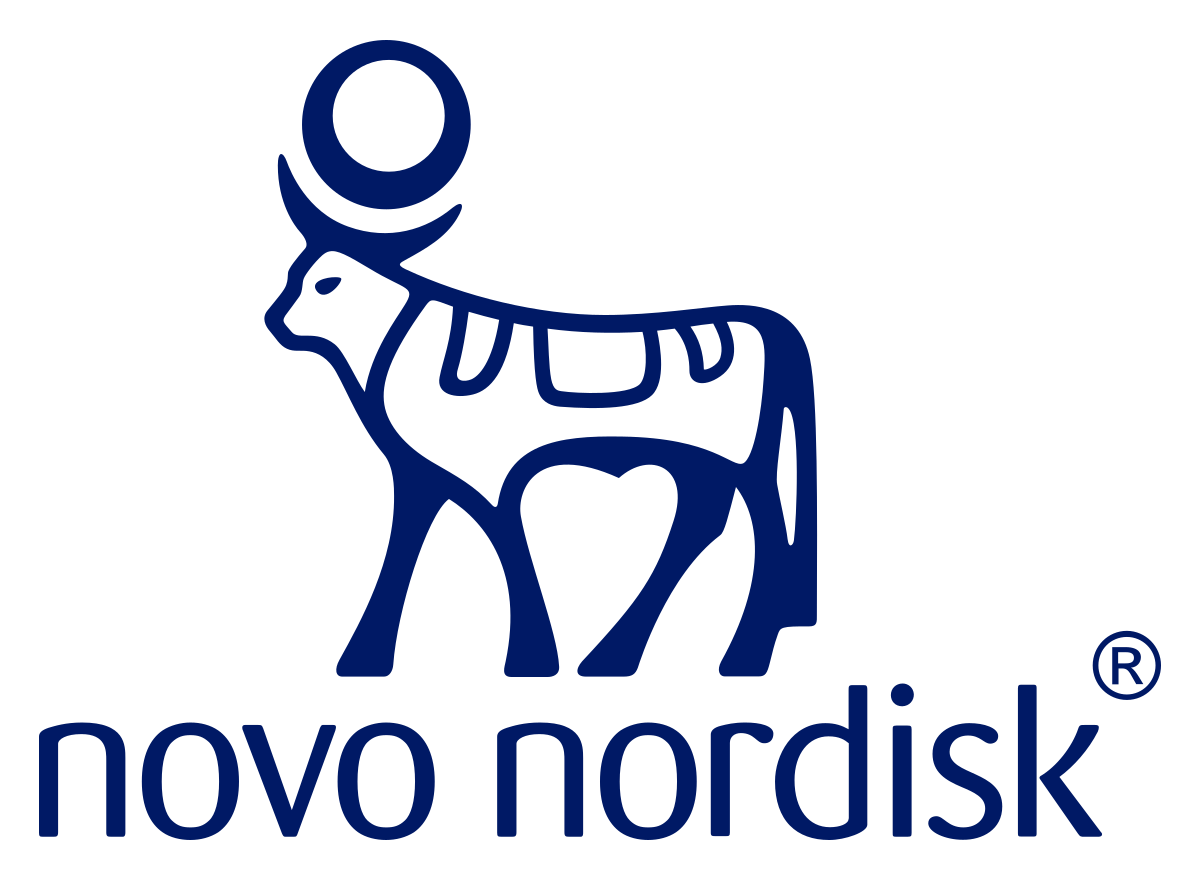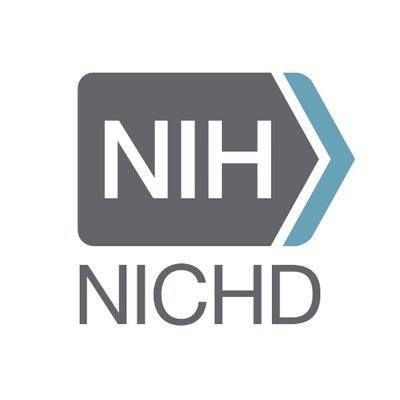Request Demo
Last update 08 May 2025
Small-for-dates baby
Last update 08 May 2025
Basic Info
Synonyms Infant, Small for Gestational Age, SFD - Small-for-dates baby, SFD児 + [22] |
Introduction An infant having a birth weight lower than expected for its gestational age. |
Related
7
Drugs associated with Small-for-dates babyTarget |
Mechanism GHR agonists |
Active Org. |
Originator Org. |
Active Indication |
Inactive Indication |
Drug Highest PhaseApproved |
First Approval Ctry. / Loc. United States |
First Approval Date28 Aug 2020 |
Target |
Mechanism GHR agonists |
Originator Org. |
Active Indication |
Inactive Indication- |
Drug Highest PhaseApproved |
First Approval Ctry. / Loc. China |
First Approval Date06 Jan 2014 |
Target |
Mechanism GHR agonists |
Originator Org. |
Active Indication |
Inactive Indication |
Drug Highest PhaseApproved |
First Approval Ctry. / Loc. China |
First Approval Date01 Jan 1998 |
127
Clinical Trials associated with Small-for-dates babyNCT06723392
Asymptomatic Bacteriuria in Pregnancy in Low- and Middle-IncomE Countries: a Randomized Controlled Trial of the Global Network for Women's and Children's Health Research
This study, Asymptomatic Bacteriuria in Pregnancy in Low- and Middle-IncomE Countries (ABLE), is designed as a 2-arm randomized controlled trial (RCT) focused on pregnant individuals and newborn infants. A positive outcome of this study will contribute to global progress toward WHO Sustainable Development Goal Target 3.2 [End preventable deaths of newborns and children under 5 years of age] by examining the potential impact of this practice to reduce the incidence of SVN/SB and the lifelong health consequences associated with SVNs. In addition, the study will further explore the role and potential benefits of antibiotic treatment of AB in the pregnant individual. In total, 1,134 eligible participants, or approximately 162 per research site, will be randomized in the trial by the research teams in each of the seven international sites that, together with their United States of America (US) partners, participate in the Eunice Kennedy Shriver National Institute of Child Health and Human Development's (NICHD's) Global Network for Women's and Children's Health Research (GN).
Start Date01 Jun 2025 |
Sponsor / Collaborator |
NCT06645717
Neuromotor Development in Children Enrolled in the Swedish Neonatal Follow-up Program and Access to Motor Related Healthcare
The overall aim of the study is to evaluate the prevalence of motor- and neurological disorders (cerebral pares and other less severe motor disorders) in Swedish infants with a high-risk neonatal period and to elucidate whether these children receive motor related health care (MRHC) at 2 and or 5,5 years of age.
Start Date01 Jan 2025 |
Sponsor / Collaborator |
RBR-10pzjmbj
Impact of nutritional therapy with pasteurized colostrum/hypercaloric human milk on perinatal outcomes of very low birth weight preterm infants: a randomized controlled clinical trial
Start Date17 Dec 2024 |
Sponsor / Collaborator |
100 Clinical Results associated with Small-for-dates baby
Login to view more data
100 Translational Medicine associated with Small-for-dates baby
Login to view more data
0 Patents (Medical) associated with Small-for-dates baby
Login to view more data
5,567
Literatures (Medical) associated with Small-for-dates baby31 Dec 2025·Annals of Medicine
Excessive bile acids level predisposes to adverse perinatal outcomes in women with abnormal pre-pregnancy body mass index
Article
Author: Wu, Weibin ; Li, Juan ; Zhang, Jinwen ; Zhou, Yulai ; Song, Fuzhen ; Li, Huan ; Gu, Wei
31 Dec 2025·The Journal of Maternal-Fetal & Neonatal Medicine
A prospective observational multicenter cohort study of maternal serum sFlt-1 and PlGF concentration in prediction of adverse neonatal outcomes in small for gestational age newborns delivered ≥34 weeks of gestation
Article
Author: Scholz, Anna ; Żebrowska, Kinga ; Modzelewski, Jan ; Borawski, Kacper ; Włoch, Weronika ; Chaberek, Katarzyna ; Biskupski-Samaha, Robert Brawura- ; Kosińska-Kaczyńska, Katarzyna ; Góra, Jakub ; Szymecka-Samaha, Natalia ; Czapska, Agnieszka ; Dera, Norbert
01 Aug 2025·Journal of Affective Disorders
The association between threatened miscarriage in early pregnancy and depression or anxiety in offspring in late adolescence
Article
Author: O'Byrne, Laura J ; Khashan, Ali S ; Maher, Gillian M ; O'Driscoll, David ; O'Keeffe, Gerard W ; Kidd, Ciara
1
News (Medical) associated with Small-for-dates baby24 Jan 2023
A new study assessed the associations between maternal exposure to green and blue spaces during pregnancy and birth outcomes in 11 birth cohorts from nine European countries, including Spain. The results of the study indicate that proximity to residential green space is associated with higher birth weight and lower odds of having a small-for-gestational-age baby.
There is scientific evidence that maternal exposure to natural environments supports healthy fetal growth. However, study results up to date had been heterogeneous across regions and there is very little research on the effects of blue spaces such as rivers, the sea or lakes. A new study involving a team from the Barcelona Institute for Global Health (ISGlobal), an institution supported by "la Caixa" Foundation," assessed the associations between maternal exposure to green and blue spaces during pregnancy and birth outcomes in 11 birth cohorts from nine European countries, including Spain.
The results of the study, published in the journal Environment International, indicate that proximity to residential green space is associated with higher birth weight and lower odds of having a small-for-gestational-age baby, or SGA, as newborns whose birth weight is less than or equal to the 10th lower percentile are called. In contrast, greater distance to residential green space is associated with lower birth weight and higher odds of SGA. The results showed almost no associations for accessibility to green spaces and exposure and accessibility to blue spaces.
"A healthy fetal growth can greatly reduce the risk of adverse health outcomes, both early and later in life," says Maria Torres, first author of the study. "For example, babies with low birth weight or being SGA could have an increased risk of growth impairment, lower IQ and premature death in childhood, as well as obesity, cardiovascular disease and diabetes in adulthood."
This study, part of the LifeCycle project, was based on a sample of 69,683 newborns, with an average birth weight of 3.42 kg, of whom 6.6% were classified as SGA. For each participant, seven indicators of residential exposure to natural environments were calculated: surrounding green space within 100, 300 and 500 metres of the household -- calculated using the Normalised Difference Vegetation Index (NDVI)-, distance to the nearest green space, accessibility to green space, distance to the nearest blue space and accessibility to blue space.
The research team also evaluated the potential effect modification by socioeconomic status (SES) and region of Europe. The results indicate stronger associations between residential green spaces and higher birth weight for participants with lower educational levels, from more deprived areas, and residing in the Northern European region.
The results of this study are in line with previous research from various regions around the world. An increasing number of studies have reported associations between maternal exposure to green spaces and higher birth weight. However, most of these studies were conducted in a single country with a particular climate and vegetation type, and estimates of the effect differed from region to region. "Capitalising on data from 11 birth cohorts across Europe allowed us to assess, for the first time, this association in different countries and shed light on the regional role in this issue," explains Payam Dadvand, ISGlobal researcher and senior author of the study.
The research involved people from the Netherlands, United Kingdom, Denmark, France, Spain, Lithuania, Norway, Italy and Greece. According to the authors, the results of this study could support the implementation of policies to promote natural environments in our cities, starting with the most disadvantaged areas. "Having accessible natural environments in our cities could benefit our children's health from before birth and beyond, and this should be taken into account by urban designers," concludes Maria Torres.
Clinical Result
Analysis
Perform a panoramic analysis of this field.
login
or

AI Agents Built for Biopharma Breakthroughs
Accelerate discovery. Empower decisions. Transform outcomes.
Get started for free today!
Accelerate Strategic R&D decision making with Synapse, PatSnap’s AI-powered Connected Innovation Intelligence Platform Built for Life Sciences Professionals.
Start your data trial now!
Synapse data is also accessible to external entities via APIs or data packages. Empower better decisions with the latest in pharmaceutical intelligence.
Bio
Bio Sequences Search & Analysis
Sign up for free
Chemical
Chemical Structures Search & Analysis
Sign up for free




